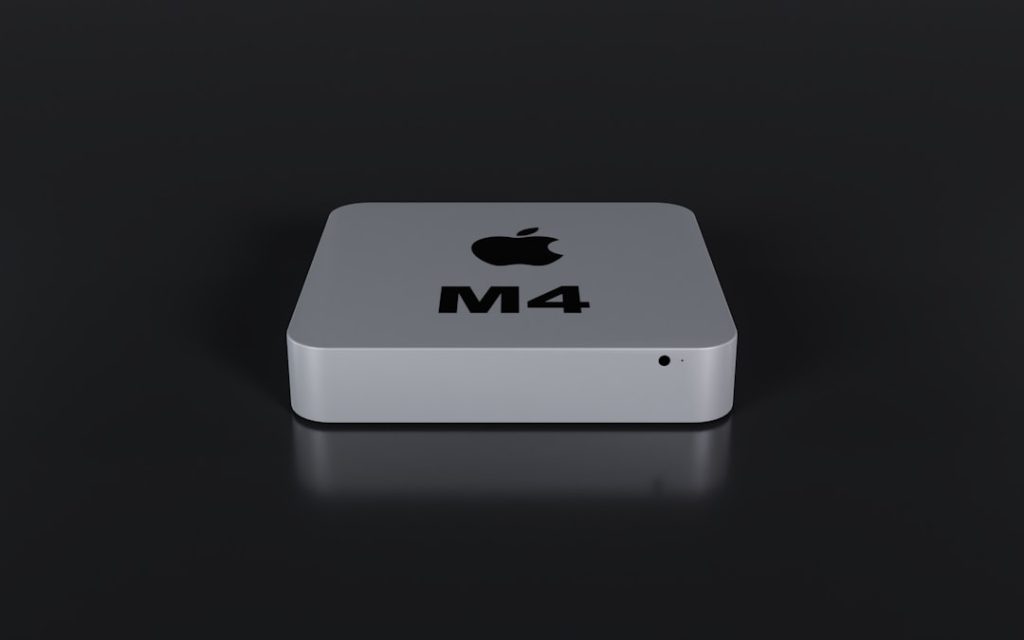Your Mac may be running slower or displaying dreaded “Your disk is almost full” warnings. If so, you’re not alone—storage management is a common challenge for Mac users. Whether you’re working with an older system with limited space or a new one that fills up faster than expected, knowing how to free up disk space is essential. Below, we’ll walk you through 10 easy and effective tips to reclaim valuable storage and enhance your Mac’s performance.
1. Empty the Trash
This might sound obvious, but it’s often overlooked. When you delete files on macOS, they usually go to the Trash and remain there until you empty it. These files still take up disk space.
- Right-click the Trash icon in your Dock.
- Select “Empty Trash”.
You can also set the Trash to automatically delete items older than 30 days. Go to Finder > Preferences > Advanced and enable this setting.
2. Use the Built-In Storage Management Tool
macOS provides a powerful tool to help you manage storage efficiently. To access it:
- Click the Apple logo in the menu bar.
- Choose “About This Mac” > “Storage” > “Manage…”.
This tool offers suggestions such as storing files in iCloud, optimizing storage, and reviewing large files. It’s a trustworthy starting point for cleaning up your drive.
3. Remove Unused Applications
Applications can take up substantial space, especially if you no longer use them. To uninstall:
- Go to the Applications folder.
- Drag unused apps to the Trash.
- Don’t forget to empty the Trash afterward.
For a more thorough cleanup, consider using a trusted third-party uninstaller that removes associated files and preferences.
4. Clear Cache and Temporary Files
Your Mac generates and stores cache files to speed up processes. Over time, these can accumulate significantly. To remove caches:
- Open Finder and press Shift + Command + G.
- Type
~/Library/Cachesand press Return. - Inspect and delete folders from applications you no longer use.
Be cautious—only delete files from apps you’re familiar with. Alternatively, you can use reputable apps like CleanMyMac for safer cache removal.
5. Delete Old iOS Backups
If you’ve backed up your iPhone or iPad using Finder or iTunes, old backups may be taking up several gigabytes of space. Here’s how to remove them:
- Go to Finder and connect your iOS device.
- Click the device under Locations.
- Under the “General” tab, click “Manage Backups…”.
- Select outdated backups and delete them.
6. Locate and Remove Large Files
Large files such as videos, disk images, or archives can quickly consume your storage. To find them:
- Use Finder’s search and filter by file size.
- Alternatively, use macOS’s Storage Management tool’s “Documents” section for a curated list.
Make sure to double-check before deleting—some large files may be important.
7. Optimize iCloud Storage
If you use iCloud, you can store files off your device and free up local space. Follow these steps:
- Go to System Settings > [Your Apple ID] > iCloud.
- Enable “Optimize Mac Storage”.
This setting stores only recent files locally and everything else in the cloud. Be aware that accessing cloud-only files requires an internet connection.
8. Manage Downloads and Mail Attachments
The Downloads folder can become a digital landfill over time. Similarly, Mail downloads attachments that pile up in hidden folders. To declutter:
- Open the Downloads folder, sort by size or date, and delete what you no longer need.
- In Mail, go to Mail Preferences > Accounts and uncheck “Download Attachments” or set it to “Recent.”
Also, consider deleting large attachments from existing emails that are no longer necessary.
9. Clean Up Your Desktop
Each item on your desktop is treated like an active window by macOS, which could slow down your system. But beyond performance, having dozens of files and screenshots lying on your desktop consumes unnecessary space.
Group files into folders or move them to more appropriate locations. Using the Stacks function (right-click on desktop and choose “Use Stacks”) also helps visually, though it doesn’t reduce space directly.
10. Use Third-Party Utility Tools
There are several trustworthy applications specifically designed to help you clean up your Mac. These tools scan your system and highlight unnecessary files, duplicates, logs, and more.
Some popular options include:
- CleanMyMac X
- DaisyDisk
- Disk Drill
Look for tools with positive reviews and transparent privacy policies. Always download from official websites or the Mac App Store.
Bonus Tip: Consider External Storage
If you’ve tried everything and still need more room, it might be time to invest in external storage or cloud services. External SSDs are a reliable solution for storing large files such as videos or photo libraries. Alternatively, services like Google Drive, Dropbox, and OneDrive help you offload files safely.
Conclusion
With digital files accumulating each day, knowing how to manage your Mac’s storage is more important than ever. By following these 10 easy tips, you’ll not only free up valuable disk space but also improve the overall performance and longevity of your Mac. Regular cleanups, mindful file storage, and the use of built-in as well as third-party tools can go a long way in keeping your system fast, safe, and efficient.
Start today by trying just one or two of these suggestions—you might be surprised at how much space you can reclaim.
